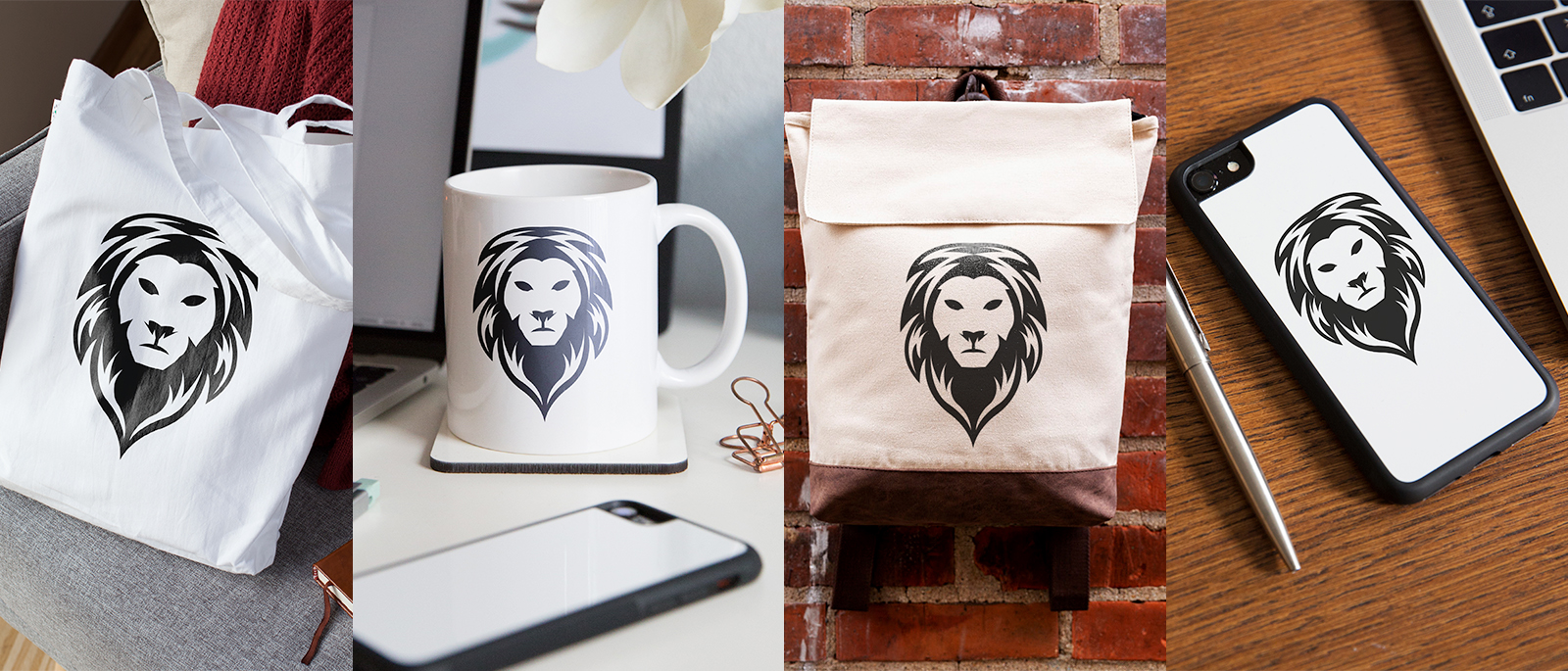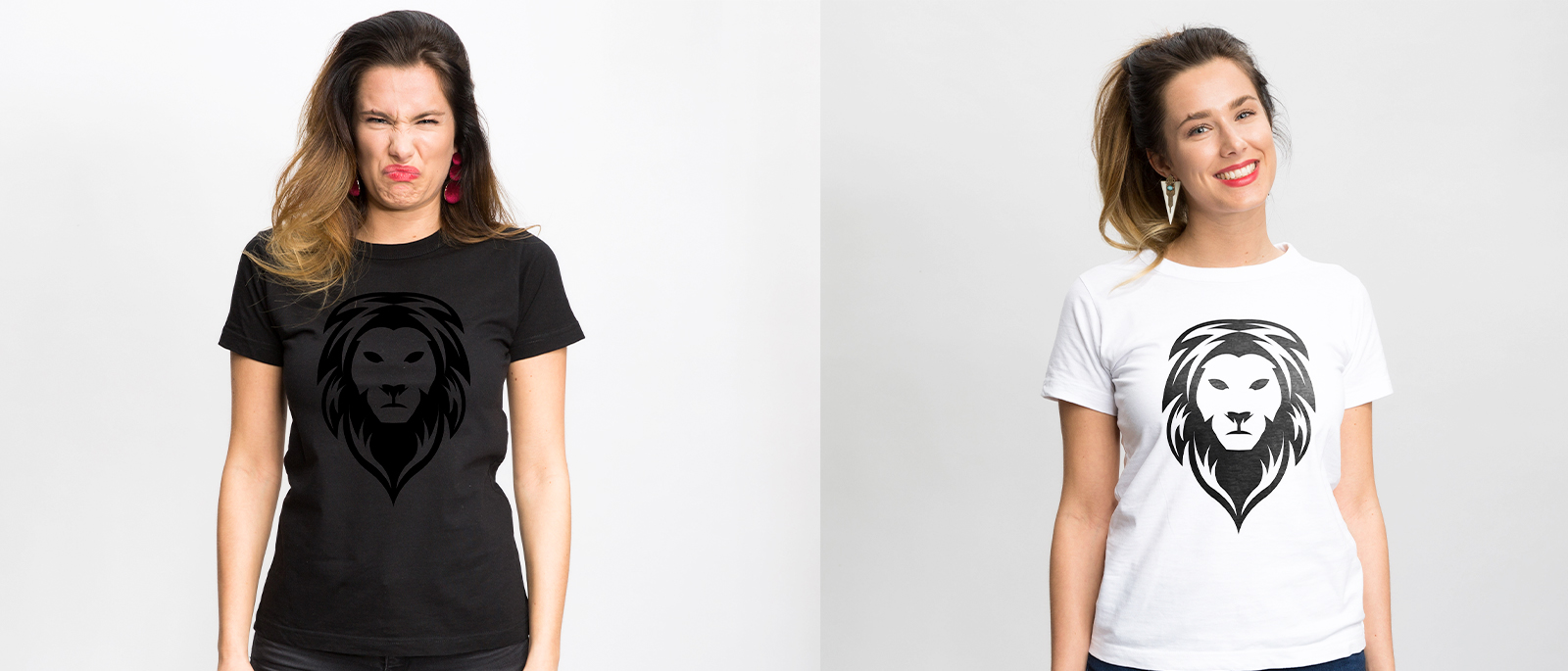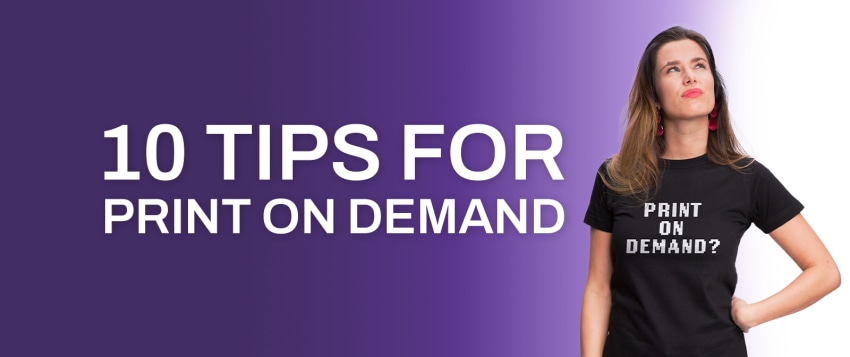Let’s jump right in to our top 10 things to consider when starting a new business or refreshing an existing one. Here’s our best advice:

1. Invest now, profit later
To get your Print on Demand business off the ground, it’s wise to plan some initial investment. You’ll need to invest your time and your energy into setting up your online shop and creating designs, as well as planning in a budget for marketing and advertising.
When you’re ready to get started, make a plan for how much time and money you have to invest and then stick to it! For example, you might plan in 6 weeks to create designs, 2 weeks to work on your website and social media channels, and budget in $500/500 € for Google Ads, Facebook marketing, or Instagram ads.
To be ready when your sales start rolling in, make sure you have a credit card and familiarize yourself with how payment works with SPOD. You should also check in with your sales platform: what payment options do your customers have? How will your payment work on your end?

2. Offer a variety of products (not just T-shirts!)
Print on Demand is more than just T-shirts. Diversifying your offerings by placing your design on a variety of products can increase your sales. If you’re happy with a T-shirt design, see if it could also look good on a mug, tote bag, hat, or pillowcase. There’s one caveat though, which we’ll come to next.
3. Make sure the product suits the design
Just because a design looks good on one product doesn’t mean it will necessarily look good on anything. First of all, make it make sense. We’ve seen all sorts of strange combinations, from “#1 Granddad” designs on women’s tank tops to “This is my party shirt” designs on a mug.
If the design looks good and makes sense on the product, then you may also want to take the printing method and fabric into account. Some print methods look best on certain fabrics, others have a textured feel, and there are even some “special effects” like glitter and glow-in-the dark. Learn more about our print techniques here.
Here are some quick tidbits for you to consider when choosing your product/print technique combo:
-
Digital direct prints (DTG) could look more faded on sweatshirt than on a T-shirt (cotton) since ink gets slightly faded on softer (polyester blend) products.
-
DTG on rougher products, such as the Polo Shirt, will be slightly faded due to the product’s texture. The flex print technique (DTF), however, will yield a clearer design and contrast.
-
Flock (velvet) on caps gives more depths and texture to the logo
-
Transparencies on a logo (less than 100% opacities), will not have the best result on colored products since we need to print a white layer first. However, on white product you can use gradients featuring transparencies.
-
DTF doesn’t have the same fabric limitations as DTG, so the results will be more similar between different products
The best way to be sure you’ll love the print results? Order a sample before putting it up in your store to make sure you know what the product looks and feels like.

4. Pick and choose product colors
Once you’ve chosen the perfect products to show off your cool design, it’s important to check that the product colors compliment your design. Don’t place a red design on a red shirt. Make sure any text is legible against the background color.
Also, don’t overwhelm your customer with too many color choices. We all know the feeling: you want to buy a new dog bowl on Amazon, but the sheer number of seemingly identical options is so overwhelming that you spend an hour clicking around without being able to choose one. We recommend a maximum of five color options per product.

5. Get constructive criticism from loved ones
Ask for a second opinion, and a third, and a fourth! Get feedback from friends and family before you launch, but also throughout your Print on Demand career. Their perspective can help you see things differently and make progress when you feel stuck.
6. Use great product photography
Great photos of your products will make them more appealing. Order sample products, stage lifestyle shoots or model images featuring your products. Shoot in natural light or beautiful settings, and don’t be afraid to get playful and creative with your photos. You can also create mockups with your designs on websites like Placeit.
7. Add scarcity
Choose a niche, and hook in your customers with scarcity. Calling something “limited edition” or running a limited-time offer can encourage your customers to purchase.

8. Take copyright and trademark seriously
Don’t steal! Just because you found it on Google doesn’t mean it’s yours. Creating something original is always best. If creating your own designs isn’t your forte, SPOD offers a free library containing more than 50,000 designs that you’re welcome to use.
If you want to feature a different text or design you didn’t create, check whether it’s trademarked in your country with a tool such as these two, for example:
US: https://tmsearch.uspto.gov/bin/gate.exe?f=login&p_lang=english&p_d=trmk
Europe: https://euipo.europa.eu/eSearch/
Trademarks vary by country–so if it’s copyrighted in the US, it may not be protected in France, for example. If it belongs to the public domain in the location where your products are being sold, then you’re free to use it.
You can redesign a text-based design in your own style, assuming the text isn’t copyrighted. Let’s say you saw a cool design with a quote by Albert Einstein. You could use the same quote and illustrate it in a different style and still be playing by the rules.
9. Source designs carefully and get them right the first time
A time-saving option for sourcing designs is to simply buy them online. Be wary of the cheapest options– they might lack quality or originality. When optimizing your images for print, you’ll need to check the colors, adjust transparency, check resolution much more. Spending time getting your designs right the first time will save you hassle and money later.
See our design tips and hints here.

10. Check your spelling!
Spelling and grammar mistakes on your designs or on your website look unprofessional and can hurt your sales. Use tools like spell checkers or Grammarly to make sure all your “i”s are dotted and your “t”s are crossed!
So there you have it: our ten “if only I had known” tips for your print-on-demand business. Ready to hit the ground running? You’ll learn the most just by giving it a try. Get started with SPOD today!

